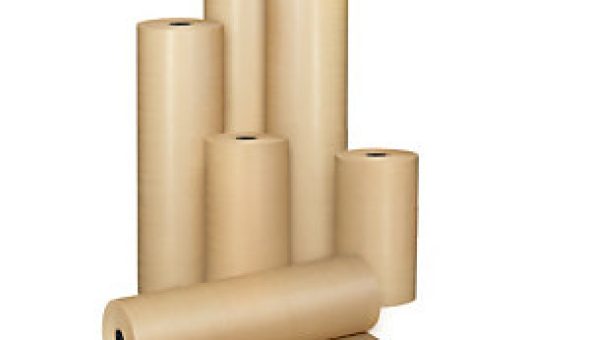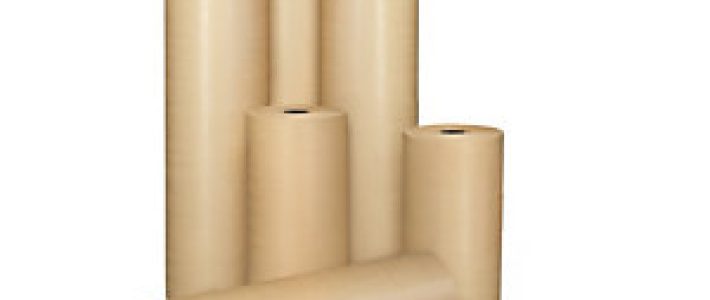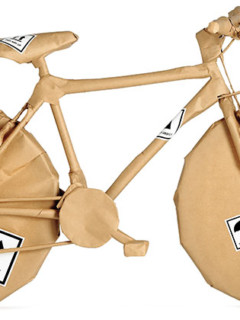Everyone knows that good tools make the difference between success and failure. If you just need to tighten a screw, you probably won’t go to the cellar or workshop just to get the right Phillips screwdriver – in this case, it’s quite enough to reach for the universal tool on your pocket knife.
It’s the same with scissors: For “a cut here and there”, you are probably not ill-advised to use a pair of universal scissors (and occasionally a little more force). It’s a different story, however, if you need to cut special materials such as metal or wire. Then, of course, you won’t get far with office scissors. In the same way, you will achieve a lot with the workshop scissors on paper or fabric, but not a clean cut edge.
In general, if you have to use scissors again and again and use them for a long time, it is worth buying special scissors. The design, which is adapted to the material and the application, enables fatigue-free work with the best result.
What makes the difference?
The typical Articulated scissors knife consists of two blades (also called beck or lower beck and upper beck), each with a ring-shaped handle (also called eye). When cutting, the thumb of one hand guides the upper eye, the index finger (or several fingers) of the same hand the lower eye. The two blades are cross-mounted and connected with a screw so that the blades face each other with the sharp side.
Both the opening and closing of the blades requires force with the common household, office and kitchen knife. Safety scissors force is required to open and close the blades. This means maximum control when cutting and offers safety, as there is no risk of injury when the scissors are closed.
The situation is different with workshop scissors. If the scissors are not secured with an extra locking latch, a spring ensures that the blades open. The handles therefore differ in shape from the safety scissors: They taper off without an opening, so they do not have “eyes”. The decisive advantage here: After each cut, the scissors are immediately “ready to cut” again without any effort. This allows you to work faster and, above all, more comfortably – and you save your energy for cutting, for example, strong cardboard, leather or wire with the workshop sc issors (or branches, wood, etc. with the secateurs).
Scissors for special needs
If you have to reach for scissors again and again, you will quickly appreciate what the appropriate scissors – compared to the universal scissors – are capable of. It is not for nothing that the market offers special scissors for everything that has ever been cut: There are the leather shears, the garden shears, the kitchen shears, the herb shears, the lopping shears, the hedge shears, the paper shears, the fabric shears, the poultry shears, the handicraft shears, the hairdressing shears, the nail scissors, the tin snips, the electrician’s shears …
All these scissors are perfectly matched in material, blade length, blade grinding, cutting angle, etc. to the type of use specified in each case and are suitable for cutting the respective material effectively, with as little effort as possible and, above all, safely (!).
Safety scissors for steel strapping
In the packaging sector, the following naturally applies: Everything that has been closed, packed and secured for transport or storage must be opened, unpacked and unsecured again at some point. Whenever the “wrong” scissors are used in these processes, there is a potential safety risk. Particularly delicate: Cutting steel tape! When used correctly, the usually sharp-edged strip is under a tension that should not be underestimated. If the tape is cut, ends that snap back pose a high safety risk! The Tymer safety scissors therefore hold the steel tape firmly during cutting and only “let go” slowly. In this way, these special scissors enable steel strapping up to 35 millimetres wide and up to 0.9 millimetres thick to be cut effortlessly and safely.
















